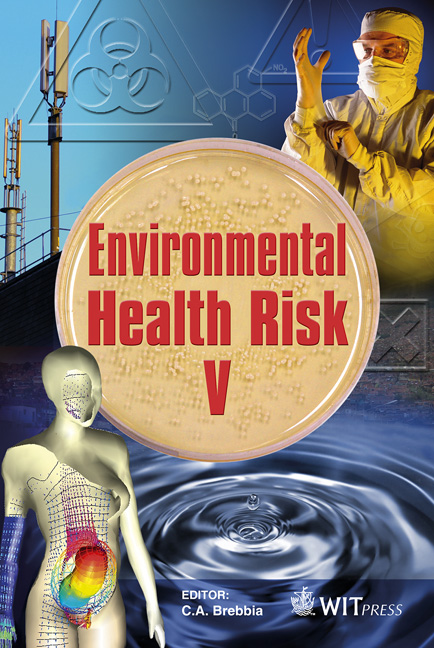Environmental Remediation Of Nuclear Legacy Sites In The Russian Northwest: Regulatory Approach
Price
Free (open access)
Transaction
Volume
14
Pages
7
Page Range
249 - 255
Published
2009
Size
338 kb
Paper DOI
10.2495/EHR090241
Copyright
WIT Press
Author(s)
N. K. Shandala, V. А. Seregin, M. K. Sneve, S. M. Kiselev, A. S. Kosnikov & G. M. Smith
Abstract
Remediation of the sites for temporary storage (STS) of the Spent Nuclear Fuel (SNF) and Radioactive Waste (RW) is one of the most important challenges for the Russian Northwest region. The prime task is to develop radiation environmental regulations on justification of radiation safety assurance during remedial operations at the STS. According to legislative and normative acts of the Russian Federation regulating management of radioactively contaminated territories after identification of the site contamination level at the radiation facility, one of three decisions can be made: conservation of the site; renovation of the site and buildings (brown lawn); unlimited use of the site (greenfield). The criteria and regulations for the SNF and RW STS facilities and site have been developed, which are suitable for each remediation option. At the same time, the environmental models have been taken into account; reference levels have been developed expressed in radiation parameter units, which could be measured during radiation control and monitoring: surface beta and alpha contamination of the STS buildings, gamma dose rate, radionuclide specific activity in soil, annul activity concentration of ground water, radionuclide contents in hydrobionts. Keywords: remediation, sites for temporary storage, spent nuclear fuel, radioactive waste.
Keywords
remediation, sites for temporary storage, spent nuclear fuel, radioactive waste





